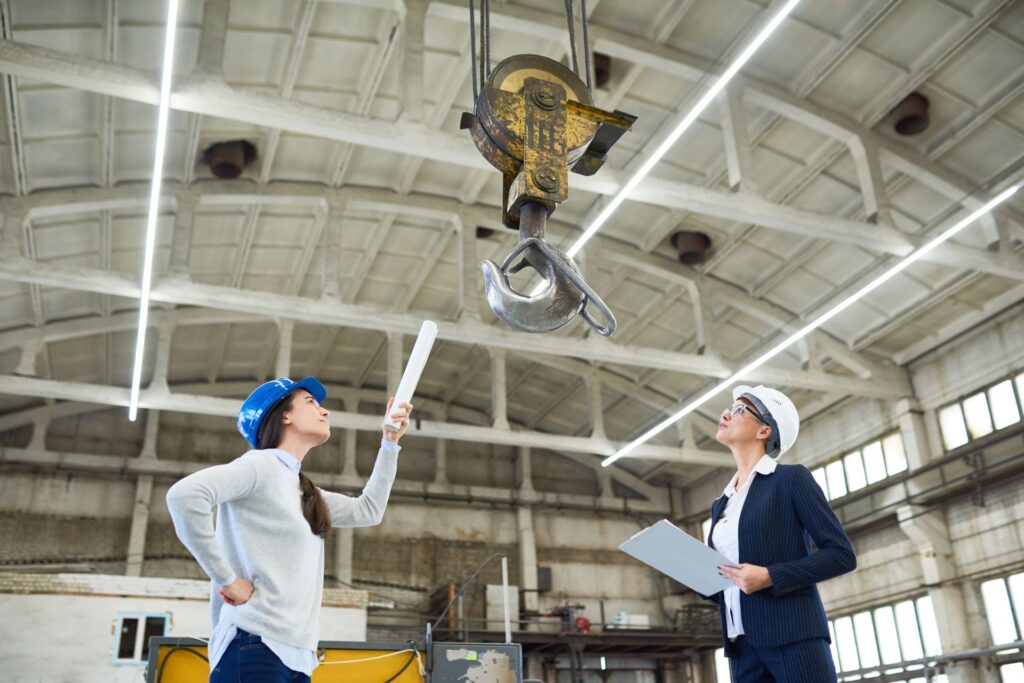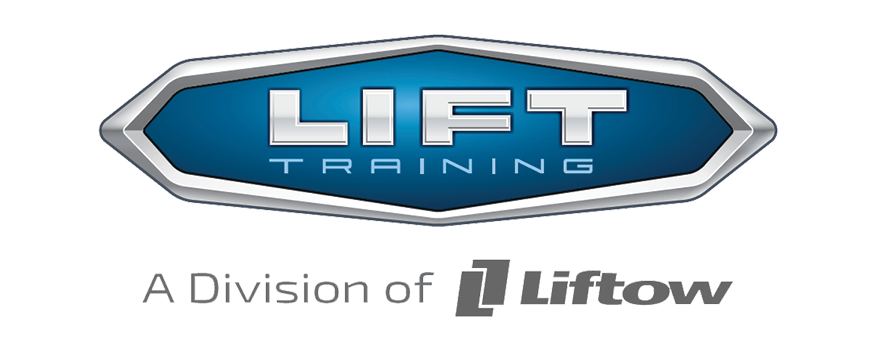
Safety with overhead cranes is important for protecting workers and preventing accidents. Overhead cranes lift and move heavy objects, so knowing the safety rules is essential. Many workplaces use these cranes, so everyone should understand the basics of crane safety to keep environments secure.
Overhead crane safety involves several key elements. These include regular inspections, proper operation, and ongoing training. Inspections help find any problems early, keeping the crane in good condition. Safe operation practices reduce the risk of accidents. Continuous training ensures operators stay updated on safety procedures and changes in regulations. Combined, these efforts form a comprehensive approach to overhead crane safety.
Learning and following safety measures create a culture of safety in your workplace. When everyone is aware of the best practices and follows them, it makes the environment safer for all. This blog will explore important topics related to overhead crane safety, helping you ensure that your crane operations are safe and effective.
Understanding the Basics of Overhead Crane Safety
Overhead crane safety is crucial to keeping workers safe and preventing accidents. Knowing the basics helps everyone involved stay aware of potential dangers and follow the right procedures. Cranes lift heavy loads, so any mistake can lead to serious injuries or damage. That’s why we must pay attention to every detail of crane operation and safety guidelines.
One important aspect is ensuring that the crane is operated only by trained and certified personnel. This reduces the risk of incorrect use and accidents. Always inspect the crane before use to check for any problems. Make sure the area around the crane is clear of obstacles and that loads are properly secured. Using the crane within its load capacity is also essential to prevent overloading and potential failures. Following these basic principles sets the foundation for a safe working environment with overhead cranes.
Critical Components of Overhead Crane Inspections
Daily Inspections
Daily inspections are important for keeping the crane functioning safely. Each day, before starting operations, inspect the crane for visible damage or wear. Check the hooks, ropes, and chains for any signs of wear or tear. Make sure the safety latches are working properly. It’s essential to test the brakes, limit switches, and other control mechanisms to ensure they’re functioning correctly.
Employees should follow a checklist during these daily inspections. This ensures that all critical parts are reviewed and nothing is missed. Keeping a record of daily inspections helps track the crane’s condition over time and quickly identifies any emerging issues. Fix small problems immediately to prevent them from becoming bigger issues.
Monthly Inspections
Monthly inspections go deeper into the crane’s components. These inspections should be performed by a qualified technician or specialist. They involve checking the electrical systems, hydraulic systems, and other complex parts. Inspect the crane’s structure for signs of stress or damage that may not be visible during daily checks.
During the monthly inspection, lubrication of moving parts is crucial to ensure smooth operation and to prevent wear. Check for loose bolts, nuts, and other fasteners that can affect the crane’s stability and safety. Detailed records of these monthly inspections help maintain a history of the crane’s condition and show that proper maintenance is being carried out.
Annual Inspections
Annual inspections are the most comprehensive. A certified inspector should conduct these detailed checks. They include a thorough review of the entire crane, from the mechanical and electrical systems to the structural components. These inspections often involve testing the crane under load conditions to ensure it can handle its maximum capacity safely.
Annual inspections may also include non-destructive testing methods, such as X-rays or ultrasonic testing, to detect internal damage or wear that is not visible during daily or monthly inspections. These thorough checks help identify any issues that could lead to major failures. Addressing these problems promptly ensures the crane operates safely and efficiently throughout the year. Keeping detailed reports of annual inspections is essential for long-term maintenance and regulatory compliance.
Best Practices for Safe Crane Operation
Operating an overhead crane safely requires following specific practices to minimize risks. One key practice is making sure the load does not exceed the crane’s capacity. Overloading a crane can lead to equipment failure and accidents. Always double-check the load weight and compare it with the crane’s rated capacity before lifting.
Ensure the load is balanced and properly secured. This prevents shifting or dropping during the lift. Communicate clearly with all team members involved in the lifting operation. Use hand signals or radios to keep everyone informed about the crane’s movements. Staying alert and paying attention to obstacles around the crane helps avoid collisions and injuries.
Additionally, operating the crane smoothly and gradually is important. Sudden movements can cause the load to swing, increasing the risk of accidents. Always start and stop the crane slowly and make controlled movements to keep the load stable. By adhering to these best practices, you contribute to a safer work environment.
Importance of Regular Training and Certification
Regular training and certification are vital for overhead crane safety. Continuous education helps operators stay updated on safety protocols and best practices. Training ensures that operators are familiar with the crane’s controls and functions, reducing the risk of human error. Certified operators are better prepared to handle emergency situations and troubleshoot common problems.
Ongoing certification programs reinforce the importance of safety and regulatory compliance. These programs include both theoretical knowledge and practical skills, ensuring operators understand the full scope of crane operation. Regularly scheduled training sessions help employees refresh their knowledge and stay aware of any changes in safety standards or regulations.
Investing in regular training and certification enhances overall workplace safety and efficiency. It ensures that everyone operating the crane is competent and knowledgeable. Promoting a culture of continuous learning and improvement can lead to fewer accidents and a more confident workforce.
Conclusion
Proper overhead crane safety is essential for protecting workers and keeping operations running smoothly. You create a safer work environment by understanding the basics of crane safety, performing regular inspections, following best practices, and committing to continuous training.
Remember, implementing thorough daily, monthly, and annual inspections can catch potential issues before they become major problems. Following best operational practices makes crane use safer and more efficient. Regular training and certification keep operators informed and prepared, promoting a culture of safety.
For comprehensive safety training and certification management, trust LIFT Training. Contact us today to ensure your team is well-equipped to maintain a safe and compliant workplace.
